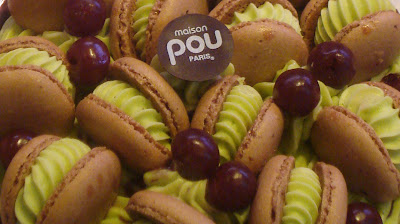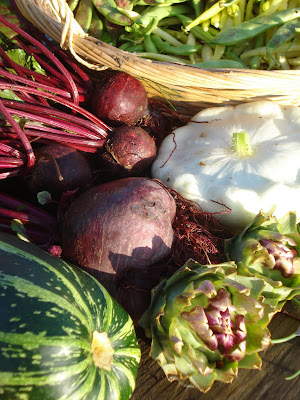The difficulty with uploading photographs and then not being able to move them is that I must compose a story around them or just ignore them completely.
Early on Saturday morning we had a phone call from Corinne`s mother explaining that the weather conditions were very bad, and that we might not make it to Besancon. A few minutes later there was another call, from my mother, who explained that the weather situation in Ireland was severe and that our flight may be delayed. I had already taken out the rubbish and wondered where this bad Irish weather was, or if it turned up since! It was not an auspicious start to our little trek but we stepped off the train in Besancon 14 hours later in good order. It was -14 Celsius and there was snow everywhere, but not too deep.
In describing poor driving conditions the French say "les rues sont delicates". This was the first of many double meanings which I might experience over the next few days! As the temperatures began to increase the weather changed and it also began to rain. It was still freezing and the roads. In France snow is either all good or all bad and the rain altered matters considerably making the roads deadly.
The marché at Besancon is building up to the biggest family feast of the year; le Rèveillon. This is effectively a feast of gourmandies and as midnight approaches the children are put to bed just before Pere Noel (a.k.a. Santa Claus) arrives at midnight. This character, typically clad in red with a white beard, indulges in disappointent and never appears to wait around for the good childen of the land to open their presents. Obviously the disappointment of the children is short lived for the most part as they tear the wrapping from their presents.
The food is always the centre of attention during his time and the build up to Rèveillon is everywhere to be seen. The year end fixation for figures and statistics is bound up into this expectation and excitement. The chiffres (figures) reveal that there was 20,400 tonnes of foie gras produced in France in 2007. One newspaper article centered upon a producer from Alsace who had created an academy for foie gras. He elaborated on the characteristcs and qualities of the various foie gras; the vigeur (vigor) of the foie gras de canard and the douceur (sweetness) of the foie gras du oie. However, he also brought it one stage futher announcing "canoie"; a combination of foigras de canard and foie gras du oie (duck and goose livers). Foie gras forms an important part of the meal of the Rèveillon and its subtle flavours have gone through many fads and styles of preparation through the years; it is available smoked, salted or sweetened with figs and other fruits and now as canoie.
Corinne's mother has prepared her foie gras by placing it in milk for two days with salt, pepper and a little spice. After that it was wrapped in plastic and mascerated in a little port hile rolled into a cling film and bound in your best dish cloth! It tasted stunning this morning and no doubt will acquire a little more flavour from the port over the next day or so. In this part of France it is normally served with pain d'épices; a tradtional dence golden brown loaf made from honey and spices.
Chocolate shops do a roaring trade in France over Christmas. There are sweets everywhere from the humble papillottes to the more elaborate pieces produced by master choclatiers. The papillotte is the equivalent of our crackers at the table. They are typically a chocolate covered praline sweet and are covered in bright eye catching wrappers. While our crackers have jokes the papillottes contain questions to be posed to your fellow diners. For example "How heavy is a big male chimpanzee? a. 70 kgs; b. 90 kgs; c. 110 kgs". The answer of course, as everybody knows, is 70 kgs and more impotantly we are informed that he is three times stronger than a human male of the same weight! In contrast Corinne and myself pulled a cracker together before we left, and I was left explaing the following joke contained therein; "The local police station was burgled recently. The police had nothing to go on".
























































.JPG)

